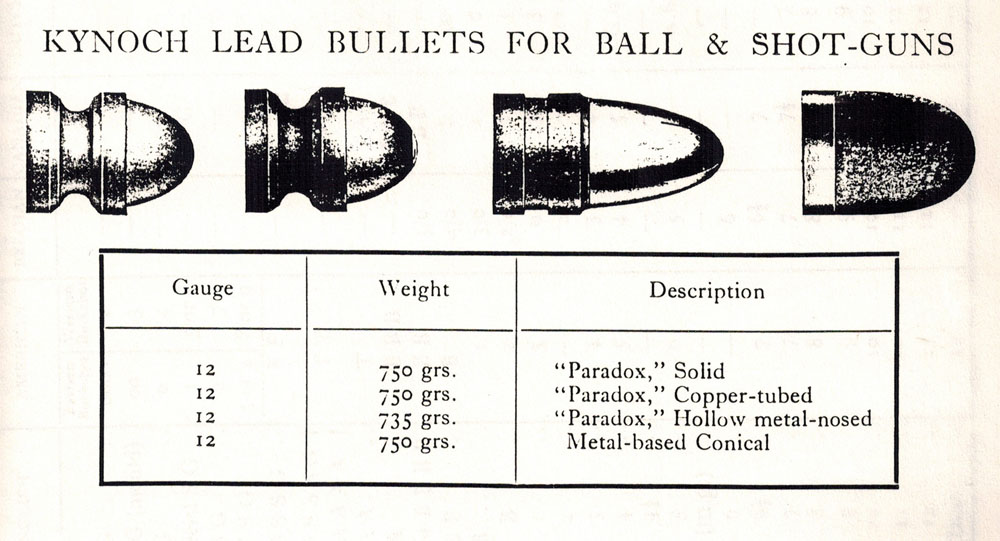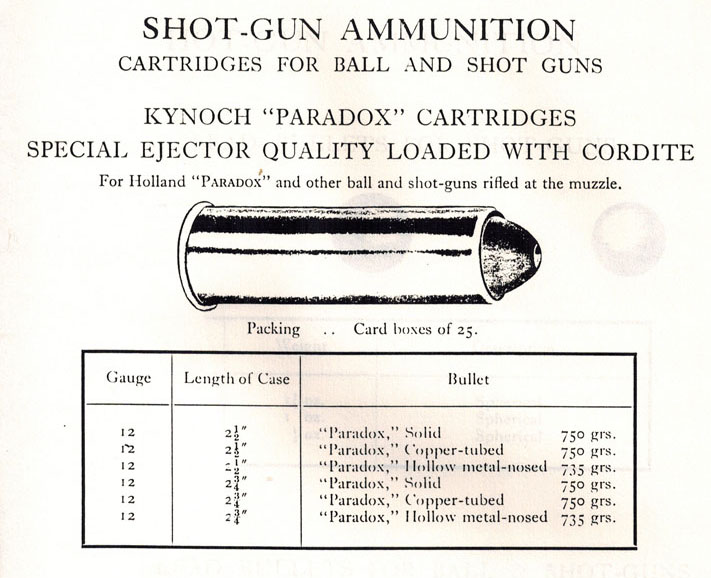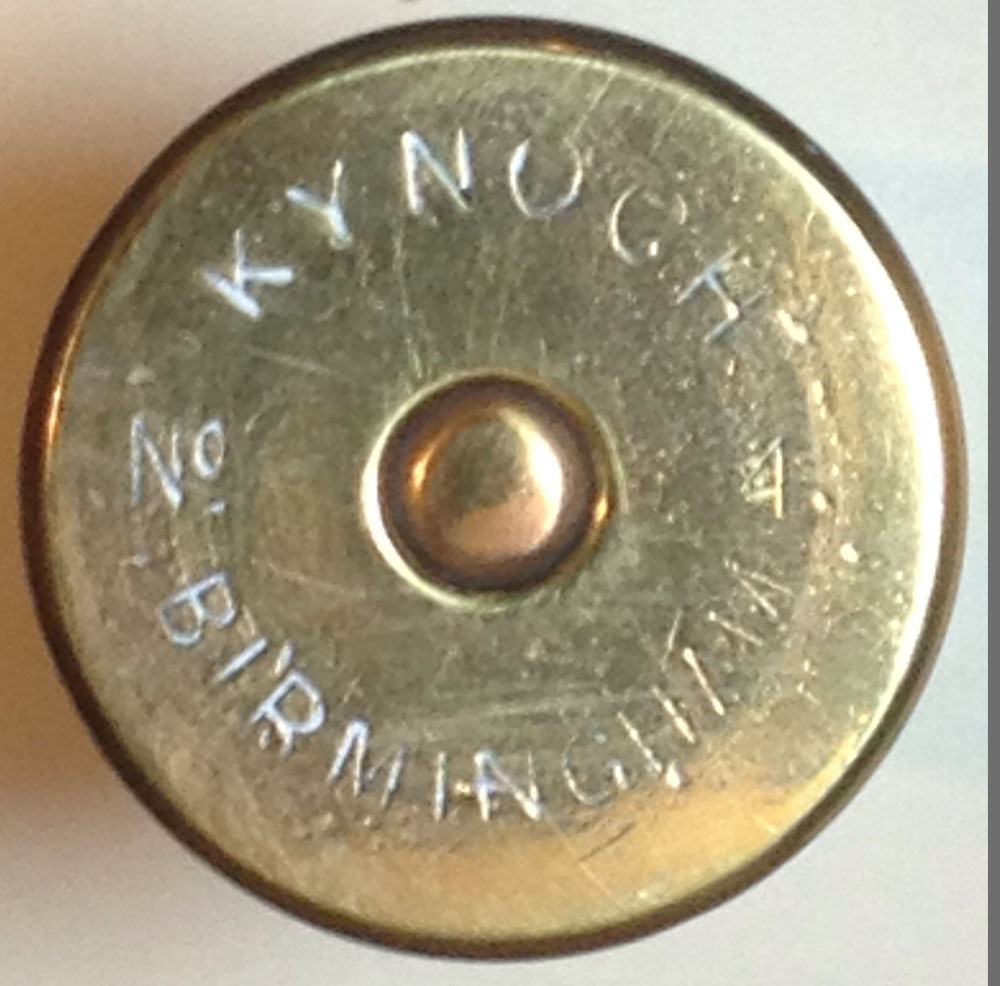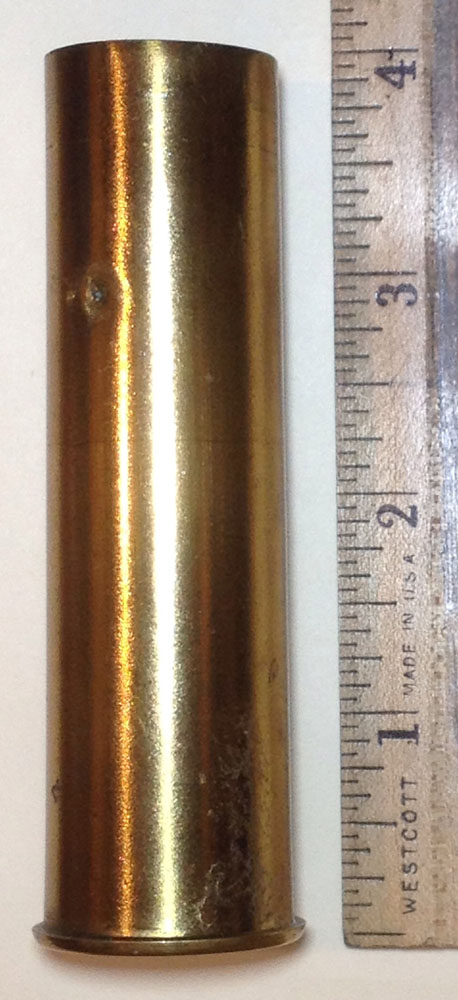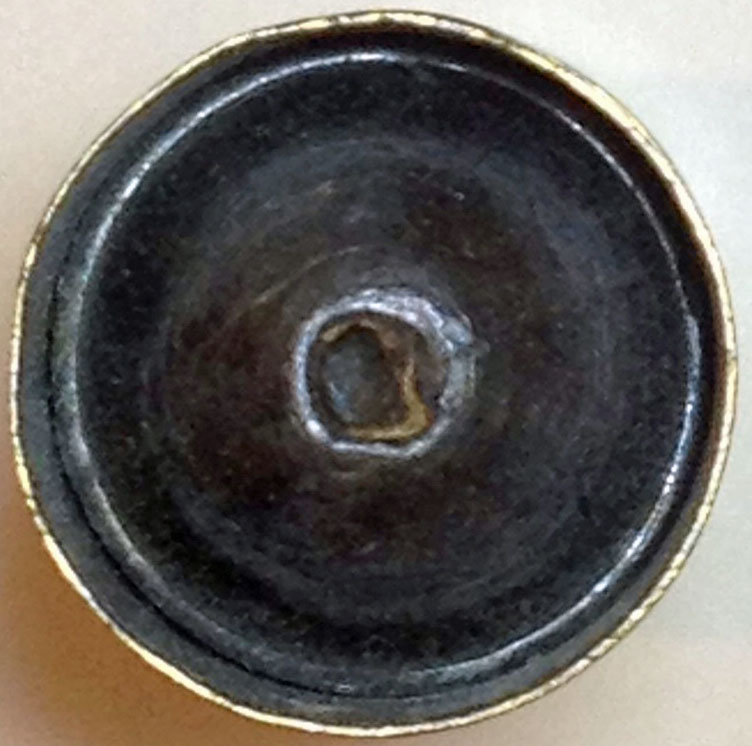|
THE CARTRIDGE COLLECTOR'S EXCHANGE |
||
|
Home of the Old Ammo Guy's Virtual
Cartridge Trading Table
Picture Page July 2017 Please note: Unless otherwise indicated, the pictures on this web site are my property, and should not be used without crediting this web site.. Paradox Guns & Shells (and their Pretenders), Pt 2... With the growing
demand for Holland & Holland Paradox guns following their introduction in 1886, other gun makers
developed their own double-barrel big
game guns with rifling at the muzzle that were intended to use Holland's Paradox cartridges. In their catalogs, Holland &
Holland warned sportsmen about guns being sold 'as Paradox
. The gun maker W.J.
Jeffery & Co was one of those companies that d .
. .
.
. . . . . . . . . . . .
. . . .
. . . . .
. .
. .
. . . . . .
. . . .
. . . . . . .
. . . . . . . . . .
. . . . . . . . . .
. . . . .
. . . . . .
. . . . . . . . . . . . . . . .
Shown here a two
of Kynoch's Paradox loads, one with the copper-tubed bullet and the other
solid lead; these are loaded in Nitro Ball drawn brass cases. The British
explosives and ammunition makers Eley, Kynoch, Kings Norton, Birmingham
Metal & Munitions, and Nobel Explosives merged in 1918, calling themselves
Explosives Trades, Ltd.; in 1920 the name was changed to Nobel
. . Below are pages from the 1925 Nobel Industries with illustrations of the Paradox bullets that were and a listing of the six Kynoch Paradox cartridge case length and bullet load combinations that were offered.
. . . .
. . . . . .
. . . . . . . .
. . . . . . .
. . . . . . . . . . . . . . . . . . . . . . . . . . . . .
. . . Sources:
.
|

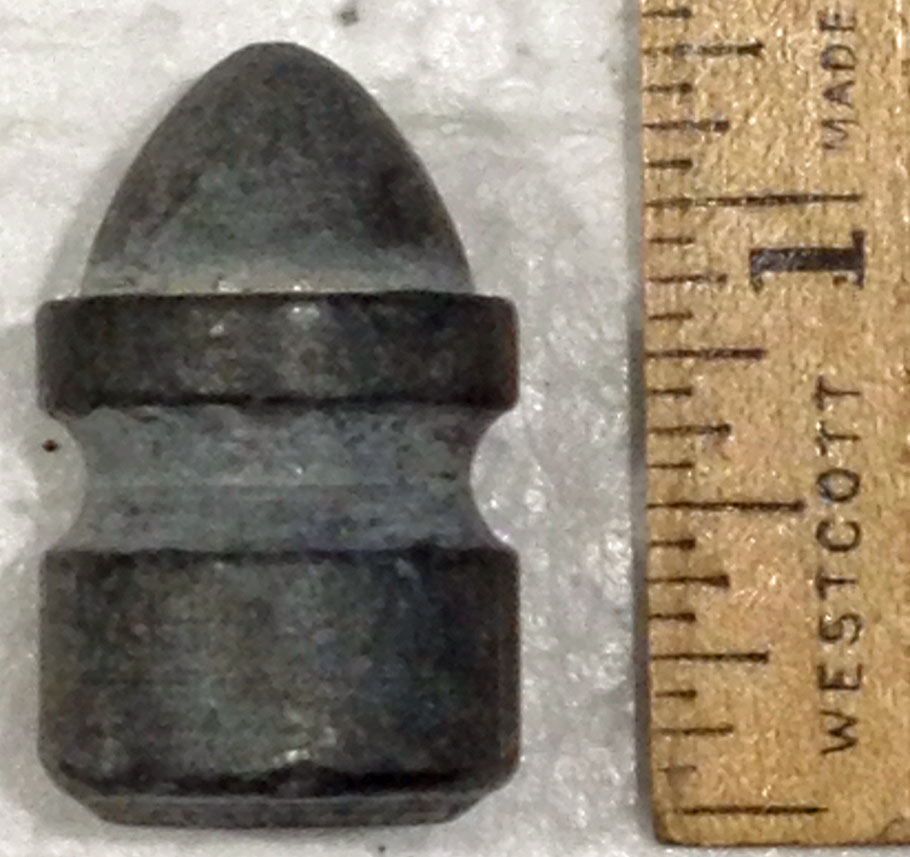 guns
which are not of our manufacture, and have not the special advantages
combined in the genuine "Paradox"'. While Holland's was issued a
trademark on the Paradox name, there wasn't anything about the
Paradox cartridges that could be patented at the time, as these cartridges
consisted of a standard brass or paper hulled shell loaded with a solid, a hollow point
or a copper-tubed lead projectile. An example of solid lead Paradox projectiles
is shown here.
guns
which are not of our manufacture, and have not the special advantages
combined in the genuine "Paradox"'. While Holland's was issued a
trademark on the Paradox name, there wasn't anything about the
Paradox cartridges that could be patented at the time, as these cartridges
consisted of a standard brass or paper hulled shell loaded with a solid, a hollow point
or a copper-tubed lead projectile. An example of solid lead Paradox projectiles
is shown here. 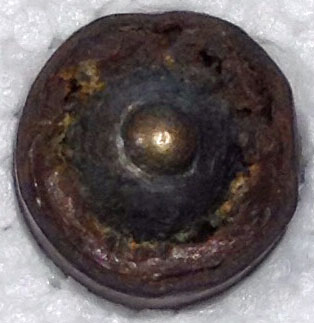
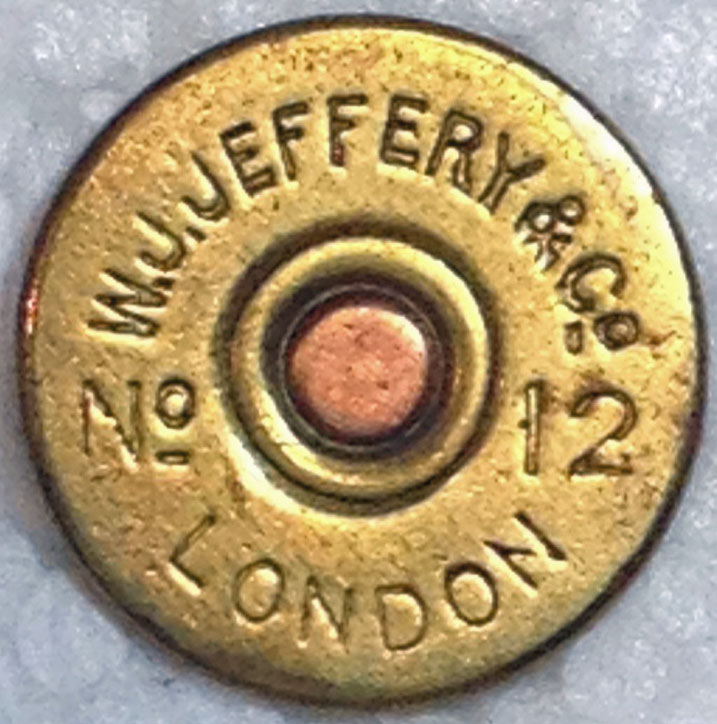 eveloped
their own version of the Paradox gun, listing them in their catalog (see
below) as being 'regulated for the new 735 grain capped bullet and 31 grains
of Cordite, or for the old Paradox-pattern 750 grain bullet and
proportionate chage of Cordite or Schultze powder'. As shown here they also
had 'Paradox'-style cartridges made for them by one of the big ammunition
makers, such as Eley or Kynoch, with their own company name on the headstamp.
eveloped
their own version of the Paradox gun, listing them in their catalog (see
below) as being 'regulated for the new 735 grain capped bullet and 31 grains
of Cordite, or for the old Paradox-pattern 750 grain bullet and
proportionate chage of Cordite or Schultze powder'. As shown here they also
had 'Paradox'-style cartridges made for them by one of the big ammunition
makers, such as Eley or Kynoch, with their own company name on the headstamp.
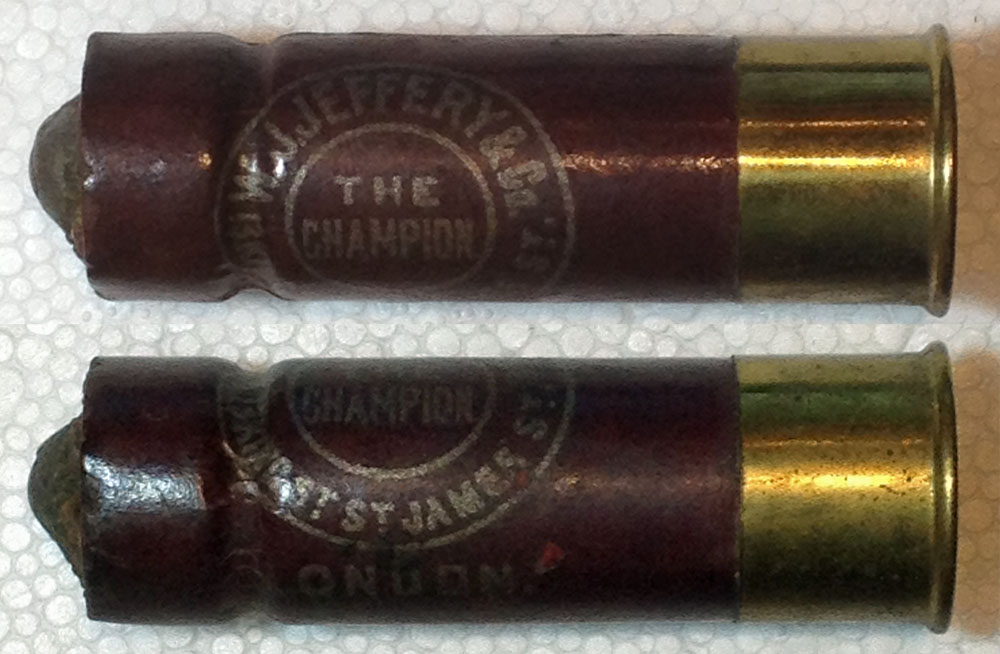
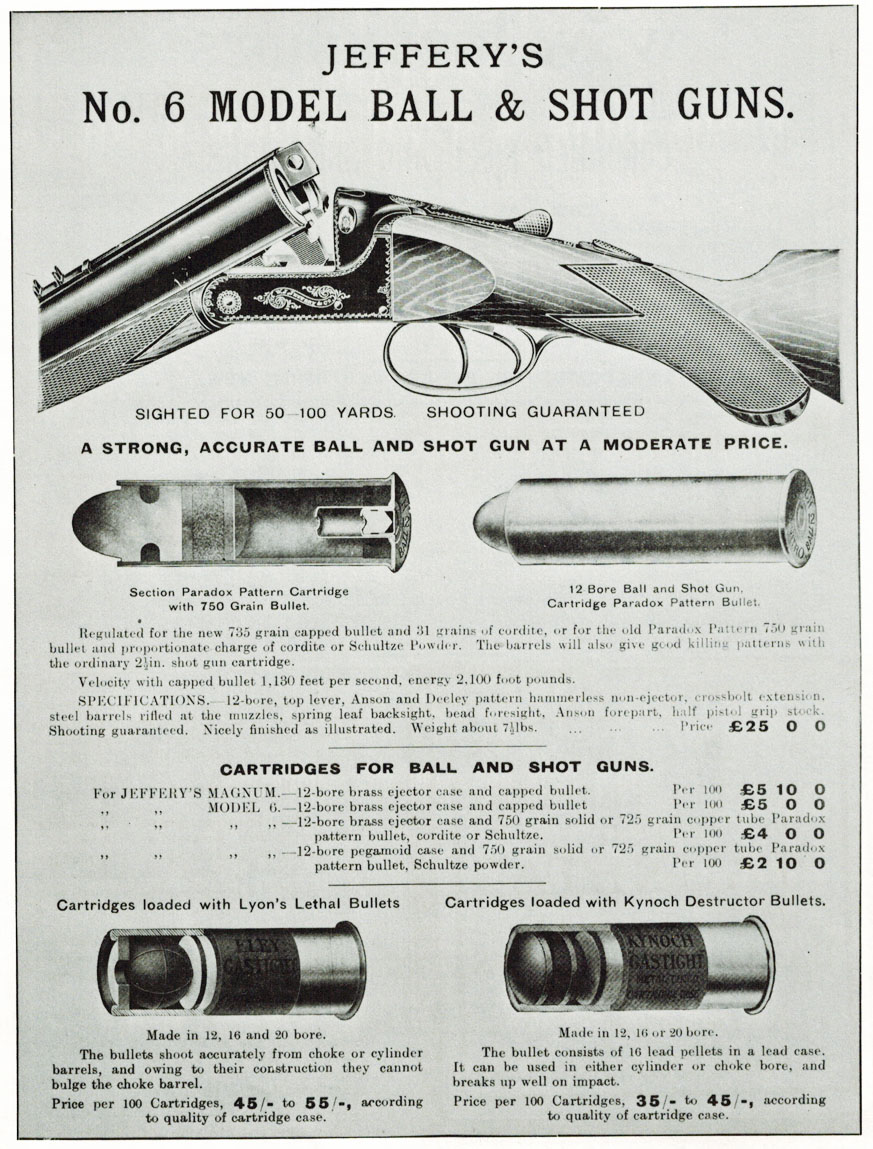
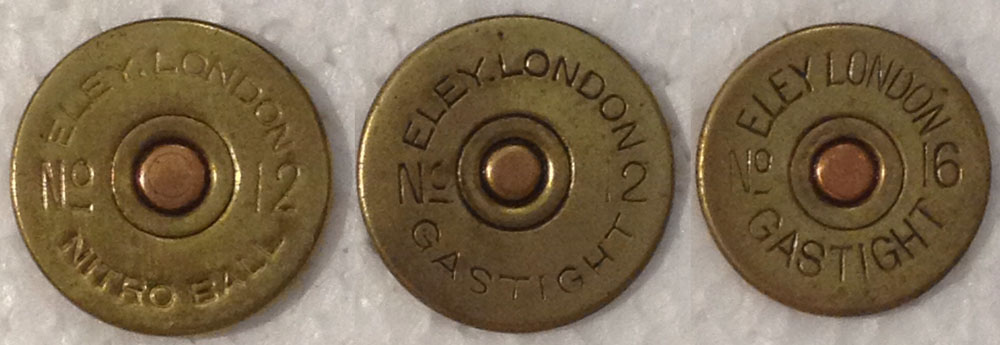
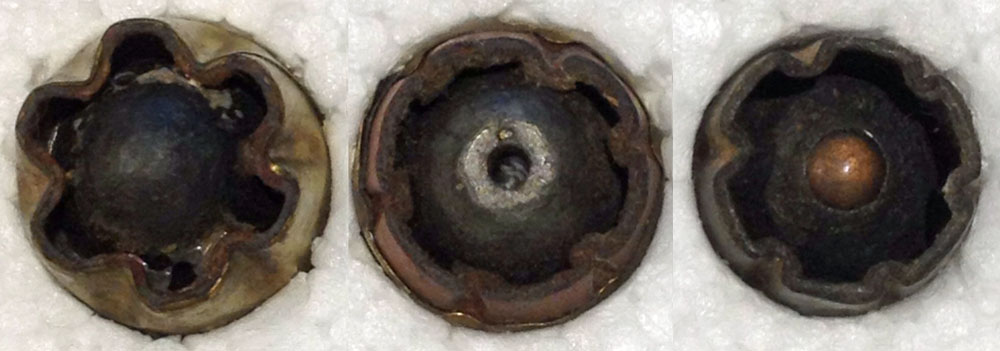
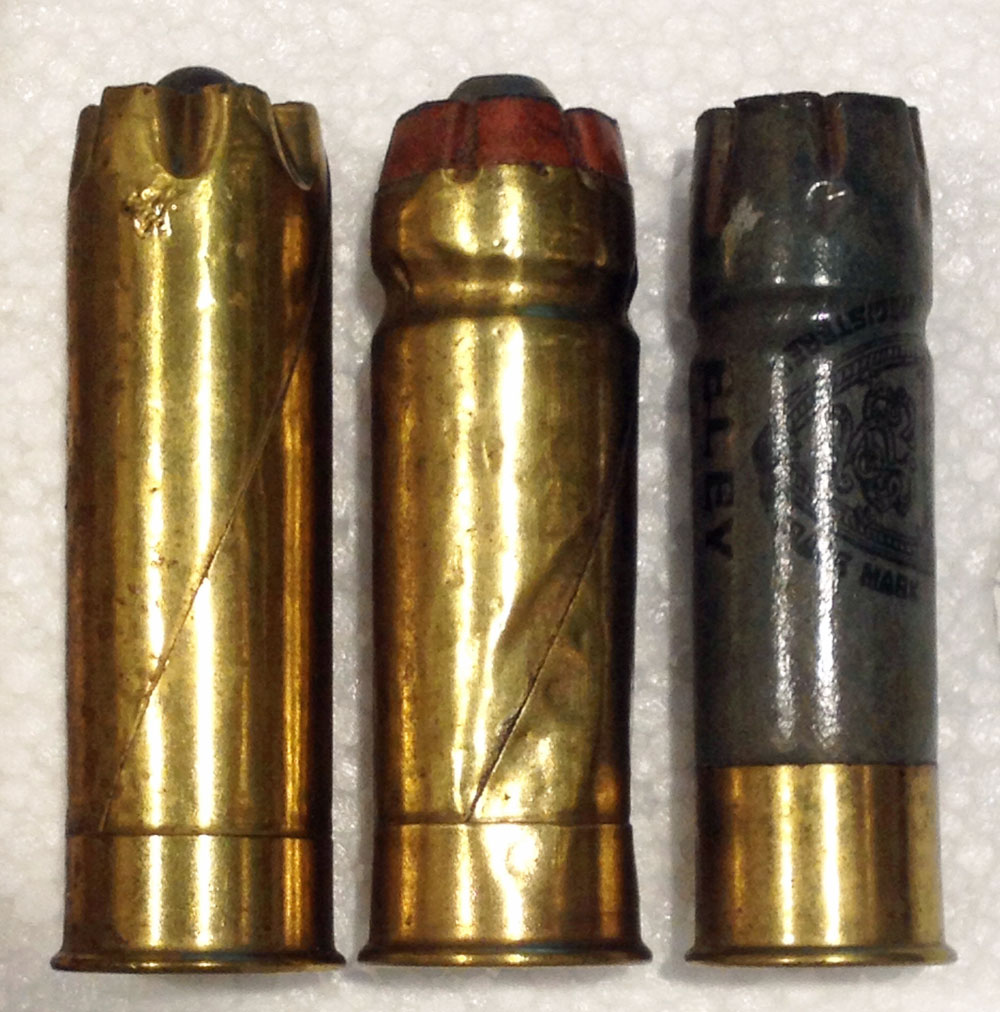
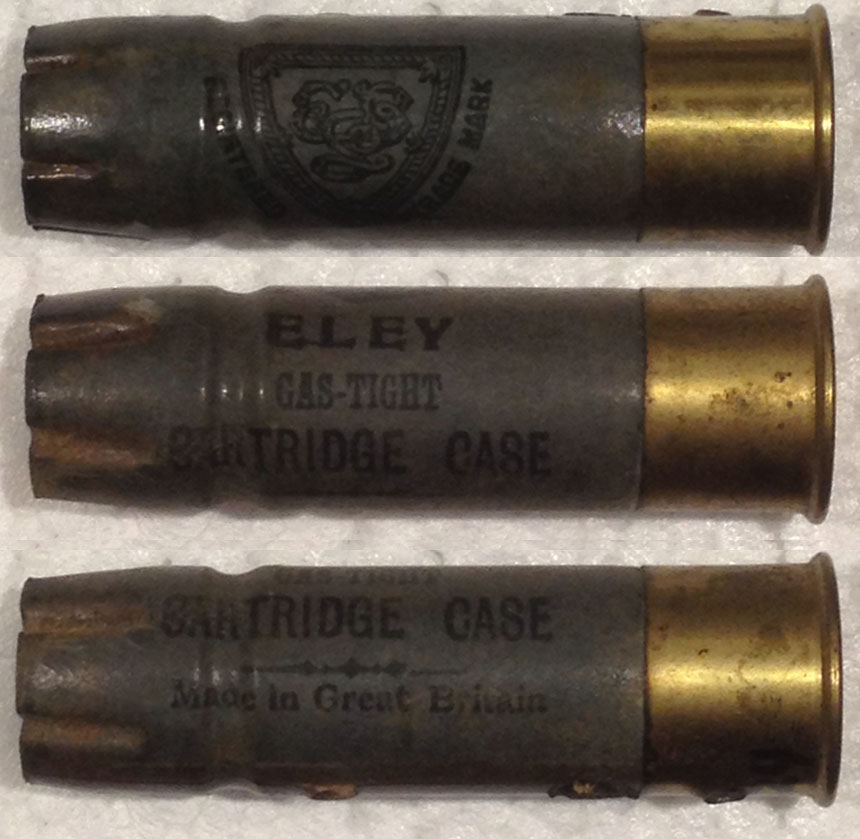
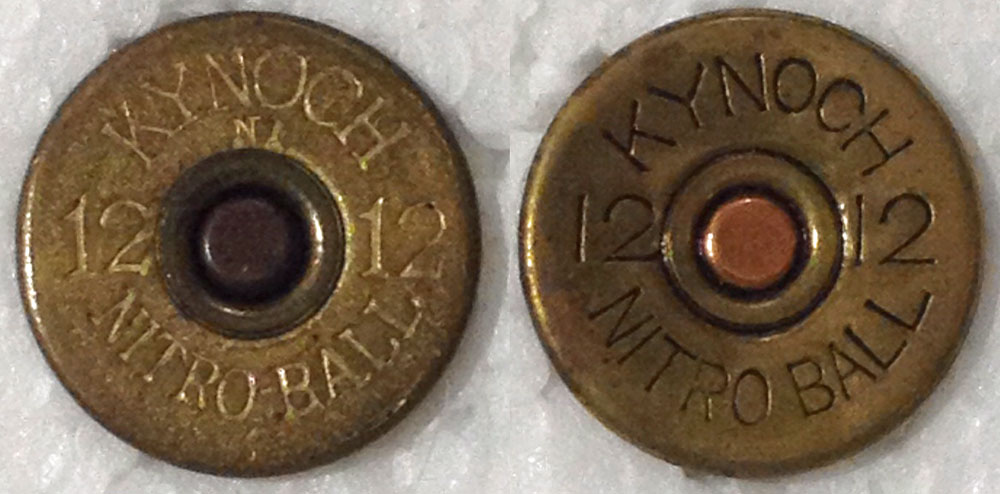
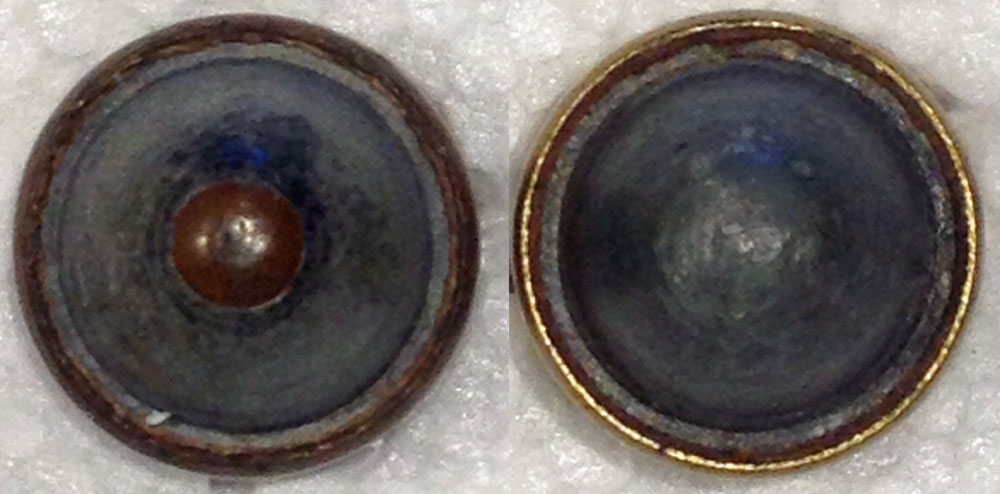 Industries.
The cartridge In 1926, the companies were r
Industries.
The cartridge In 1926, the companies were r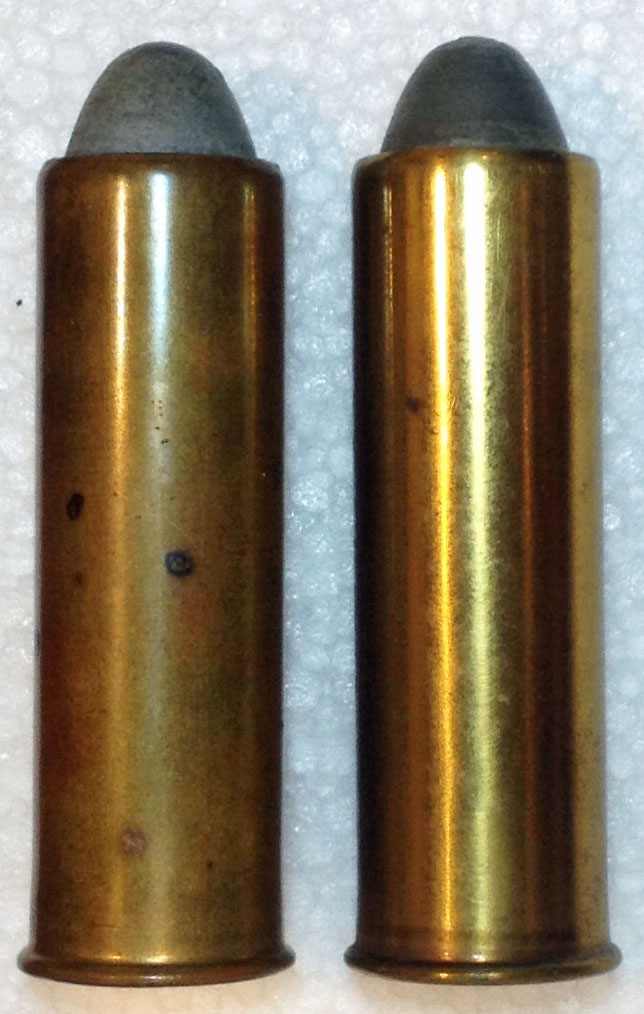 eorganized
and Nobel Industries became Imperial Chemical Industries, Ltd. The headstamp
shown on the left above with small 'NI' at the twelve o'clock position in
the headstamp of the first cartridge shown here stands for Nobel Industries,
and would have been produced in 1920 or shortly after, as the shotshells
produced by Nobel Industries usually are headstamped ELEY or KYNOCH over
NOBEL with the gauge at the 9 and 3 o'clock positions. The second Kynoch
cartridge headstamp shown above would have probably been made prior to the
1920 name change.
eorganized
and Nobel Industries became Imperial Chemical Industries, Ltd. The headstamp
shown on the left above with small 'NI' at the twelve o'clock position in
the headstamp of the first cartridge shown here stands for Nobel Industries,
and would have been produced in 1920 or shortly after, as the shotshells
produced by Nobel Industries usually are headstamped ELEY or KYNOCH over
NOBEL with the gauge at the 9 and 3 o'clock positions. The second Kynoch
cartridge headstamp shown above would have probably been made prior to the
1920 name change. 